There are Ancona ducks, a drake and a duck, which are lovely random patterned black and white medium sized ducks. The drake has green feathers on his head that gleam in the sunshine. I think if I just had one breed of ducks, it would be Anconas, except they do not lay as many eggs as the Rouen ducks. The Muscovy ducks lay a lot of eggs too and are are really great at hatching babies on their own. A couple of years ago, 5 ducks nested together in one of the sheep shelters that was not being used and hatched over 80 ducklings. Wow. But the ravens moved in and in two days there were 18 ducklings left, so now when a mamma duck emerges with her tribe, I lock them up in a shelter until the ducklings are a month old. The ravens tend to leave them alone then, but they surely love them when they are new.
The Muscovy ducks are the only ones that are not derived from the Mallard in North America and are actually from South America. While they can survive our frigid winters, they do need some extra care and good shelters with lots of straw. Most of the Muscovy ducks sleep in the chicken coop, which is insulated and they are fine, but on occasion, some think they will sleep with the other ducks and geese and if it is very cold, they do not fare well. I have tried to lock them in the pen, but they fly well too, at least the females do.
Another breed of duck I enjoy is the Khaki Campbell. They are flighty and nervous ducks and never get used to me around, but they lay a lot of eggs and catch tons of flies. That is one of the reasons I have ducks. The barnyard flies can become overrun rampantly and the ducks will eat their weight in flies in a day. Between them and the sparrows, it really does keep the fly population at a manageable pace.
The ducks do not get supplemental heat or light, so do not lay in winter. The break allows the hen's bodies to rest, as in nature and does not force them to perform. I think they are healthier and live longer with the chance to take a break. Today, there were 3 duck eggs, the first of the season, but when we had a warm spell in January, there was a single goose egg laid, so the geese beat the ducks this year.
I do not sell the eggs unless people come to the farm specifically for the eggs. Since I source grain that is not sprayed and it always costs more and the birds are truly free range, running all over the farm, the duck eggs are a dollar each or ten dollars a dozen. In Edmonton, our closest large city, the eggs are 2 dollars each, so those who understand the value of duck eggs do not mind paying for them. Some people who cannot eat chicken eggs, can tolerate duck eggs and they also come to buy them.
In the picture is a trio that I have for sale, which includes a chocolate male , a chocolate female and a pied black female. Muscovy ducks do not quack and in places that allow them, they are preferred because they are quiet. North American breeds can be very noisy, but Muscovy ducks kind of sound like they have laryngitis. These three love to be together and were curled up in the sunshine for a snooze. It was minus 15 here today with a very cold wind, so they sought the warmth and comfort of each other. Pretty duckies in a row.

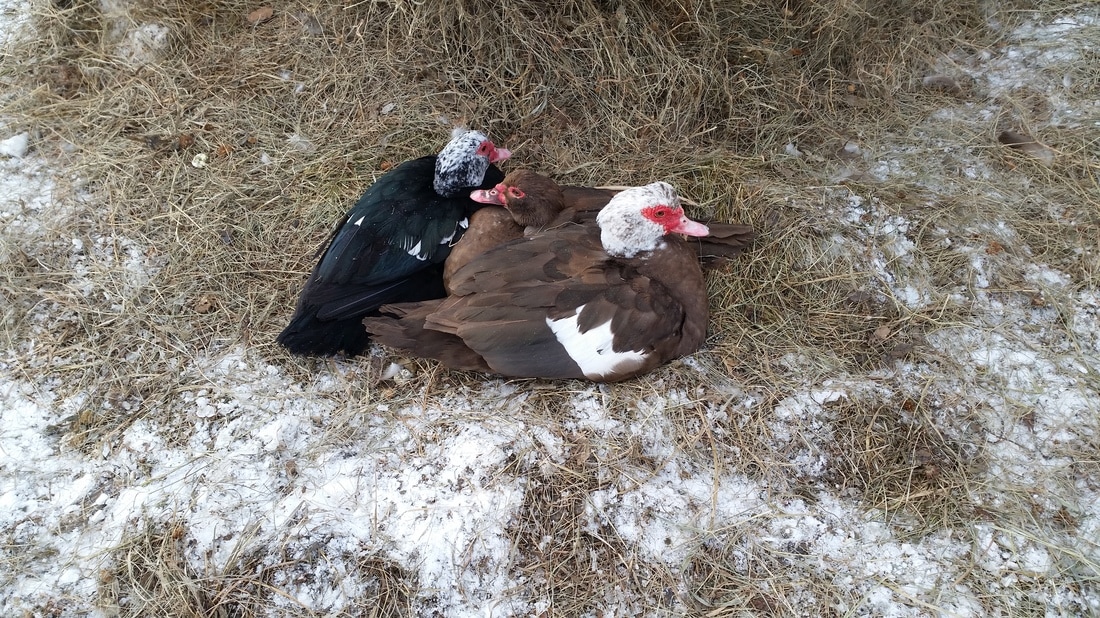
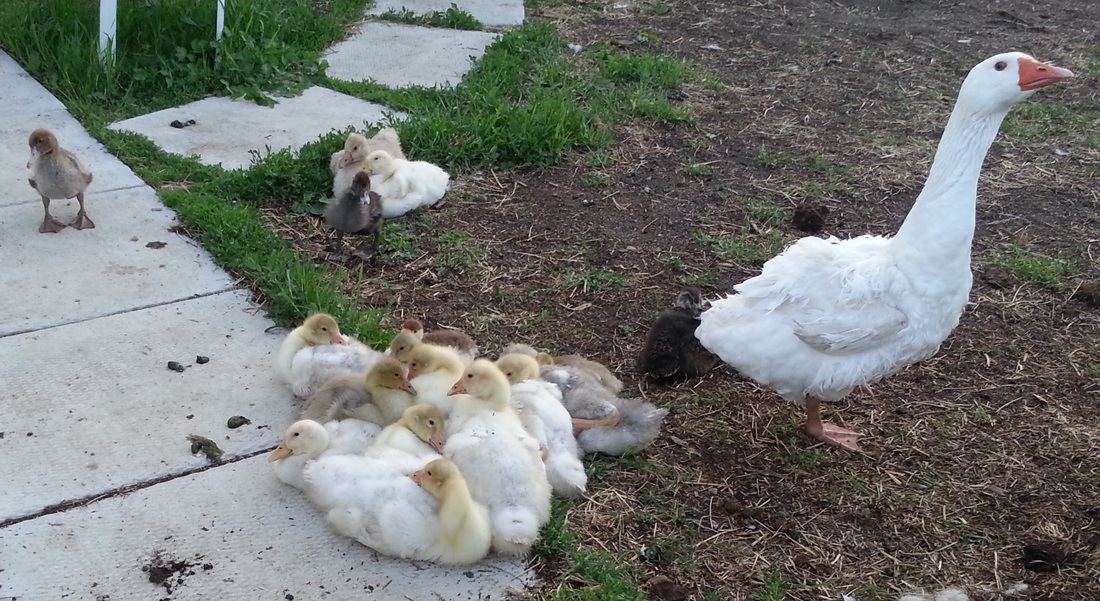
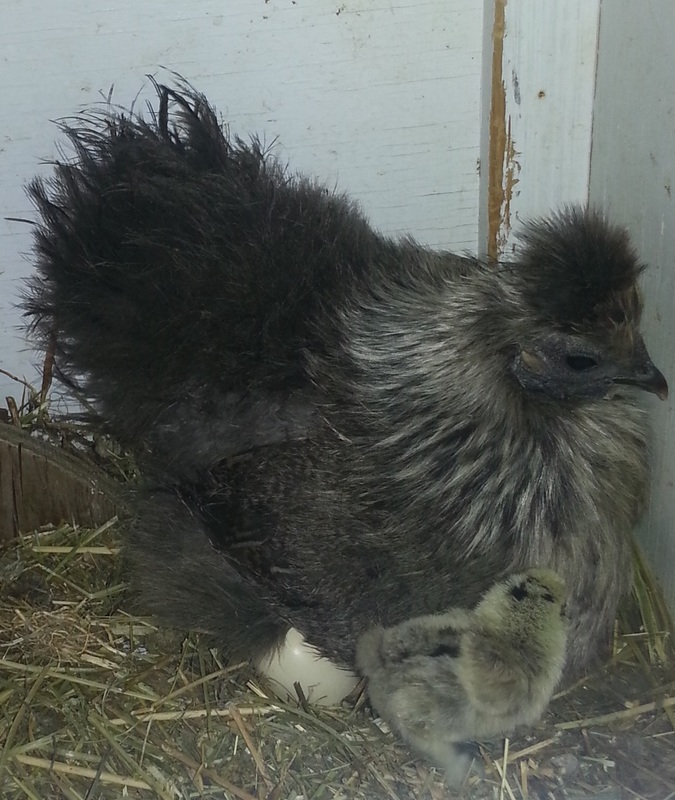
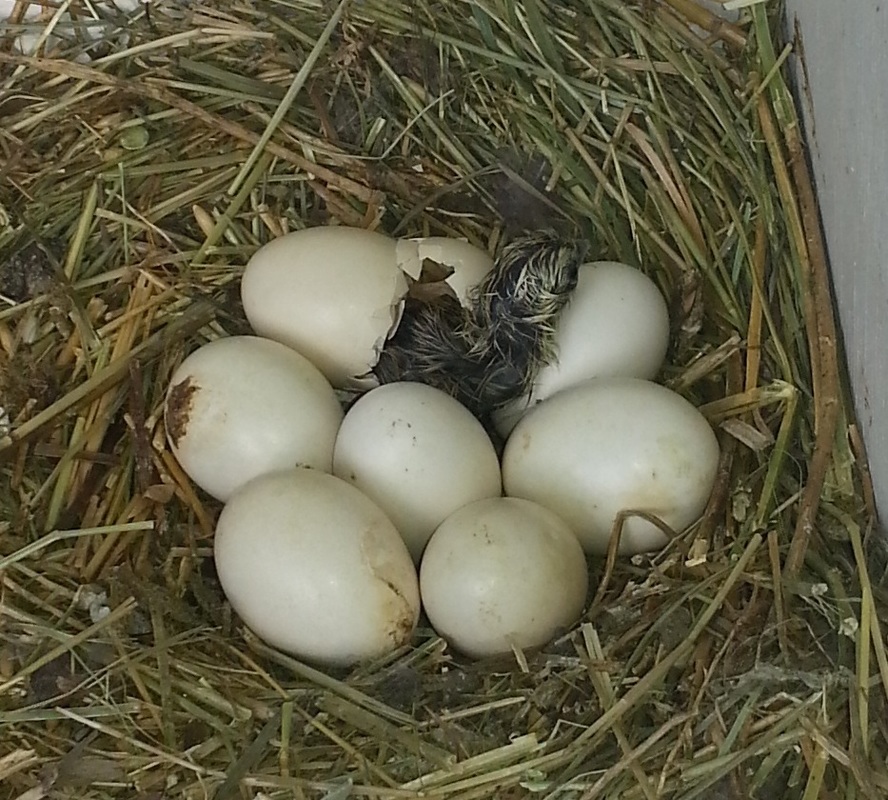
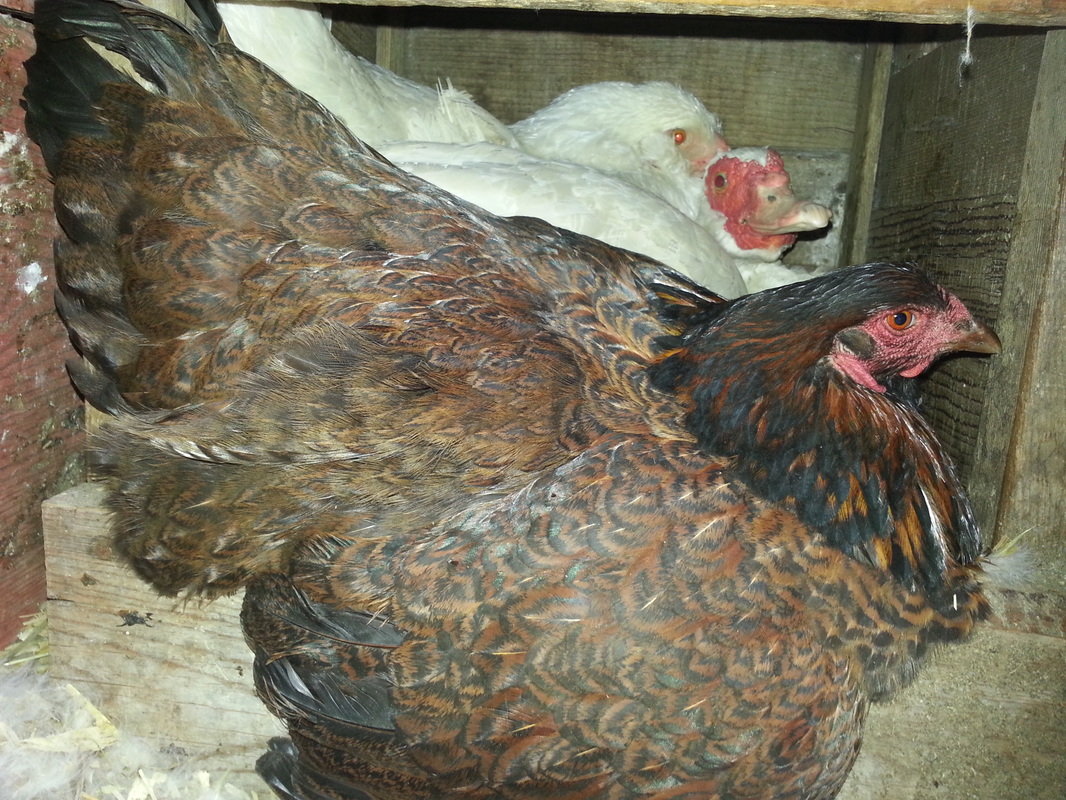
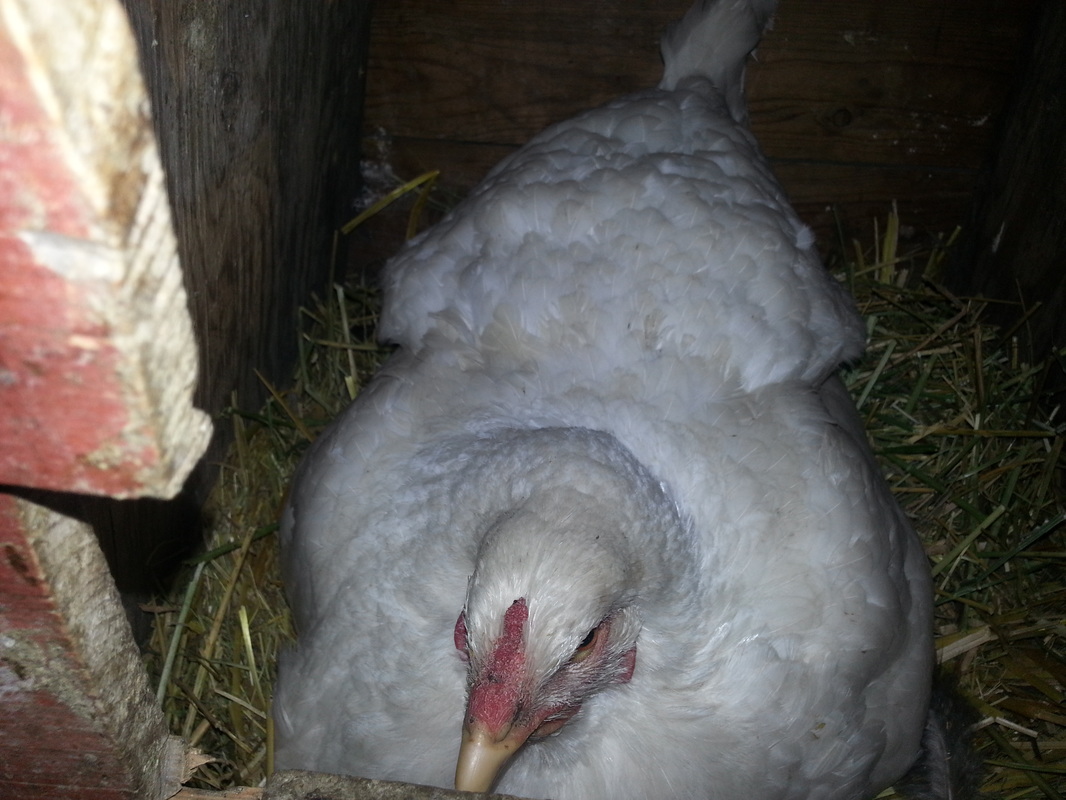
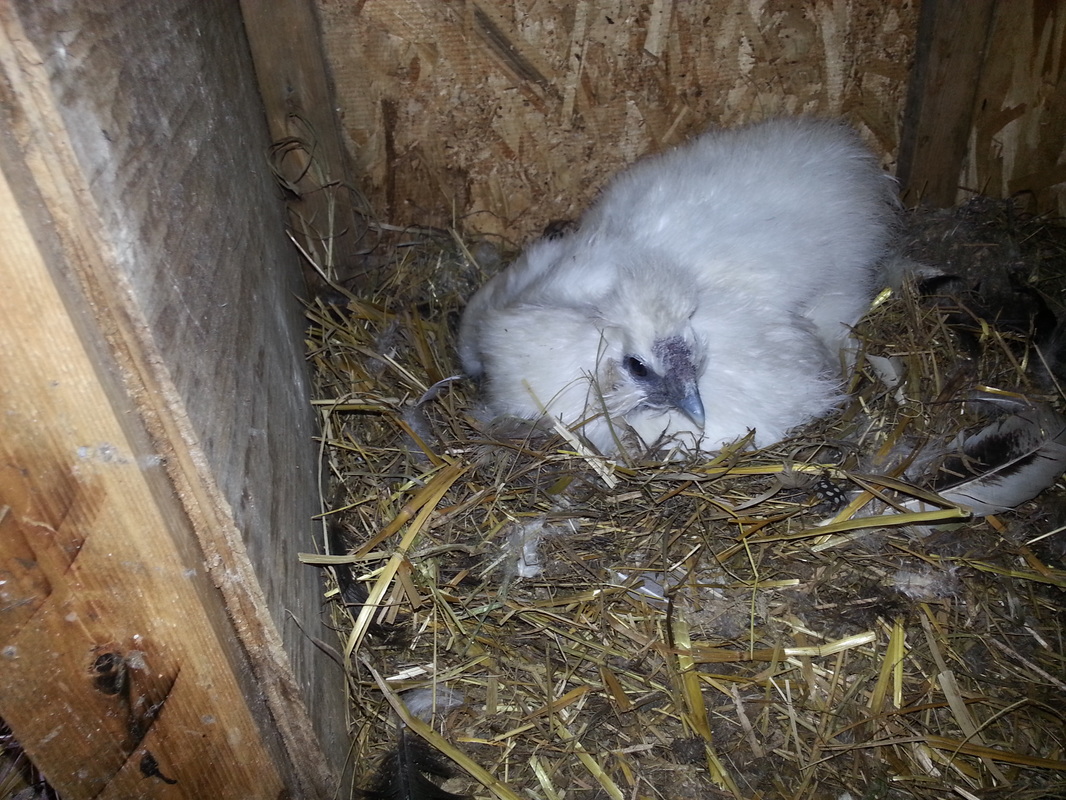
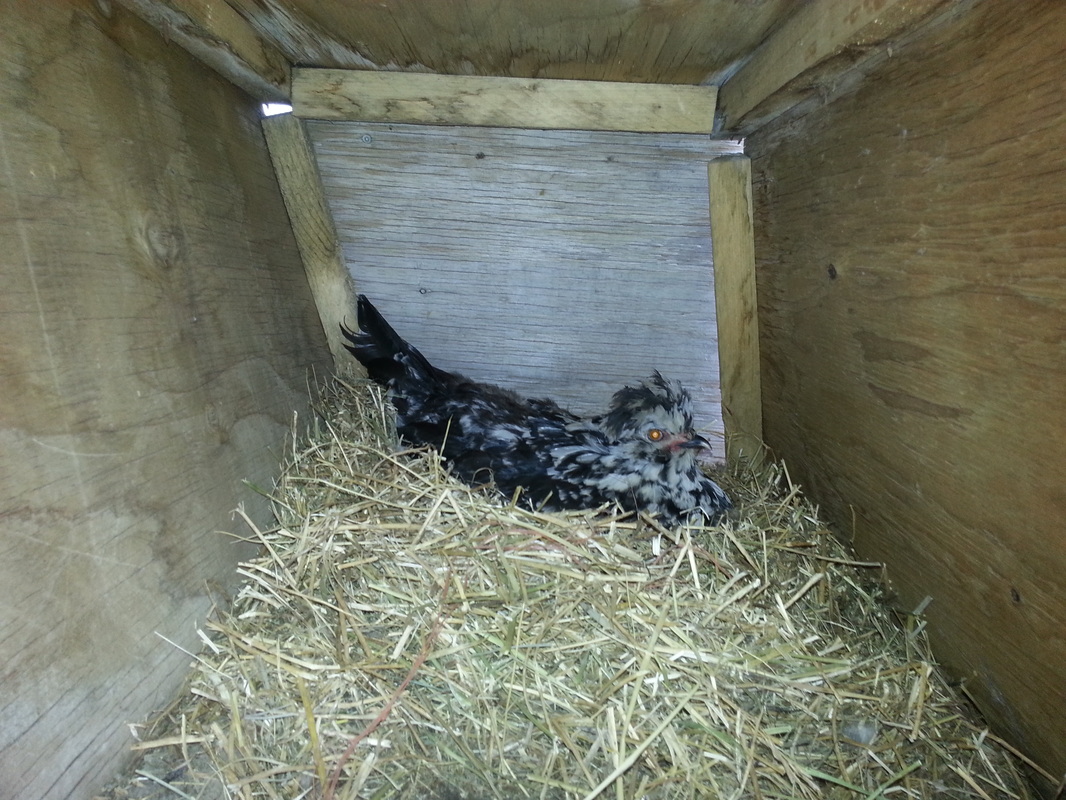
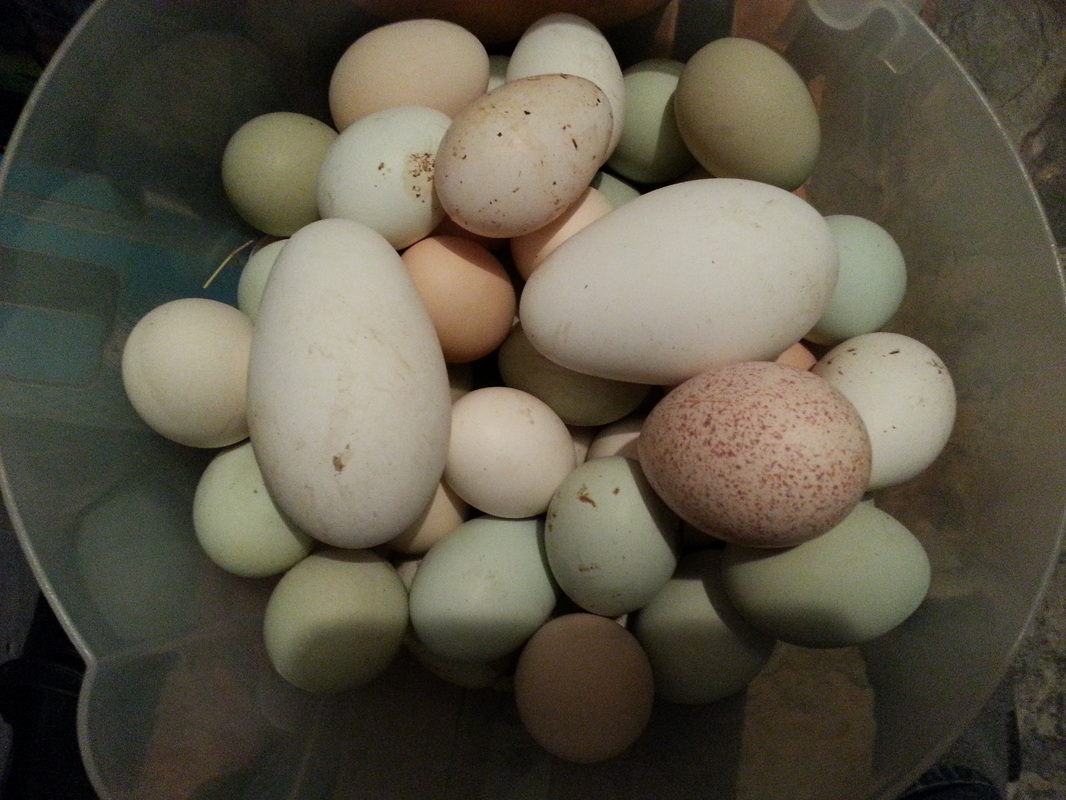
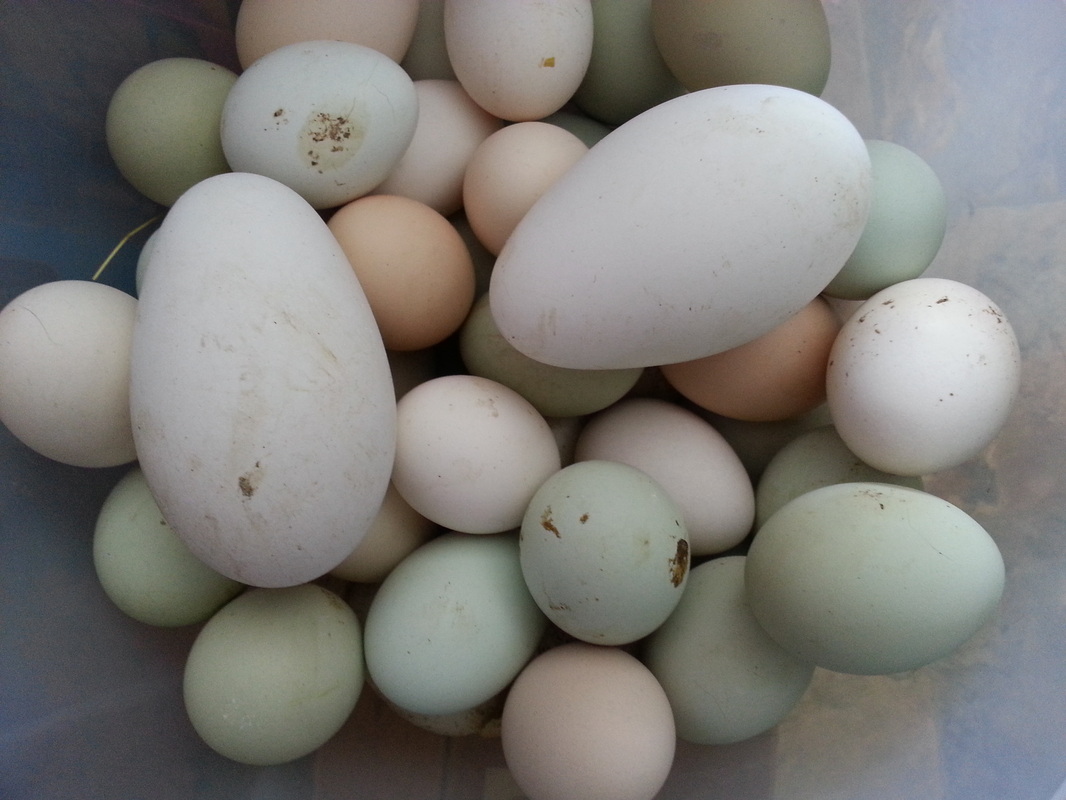
 RSS Feed
RSS Feed